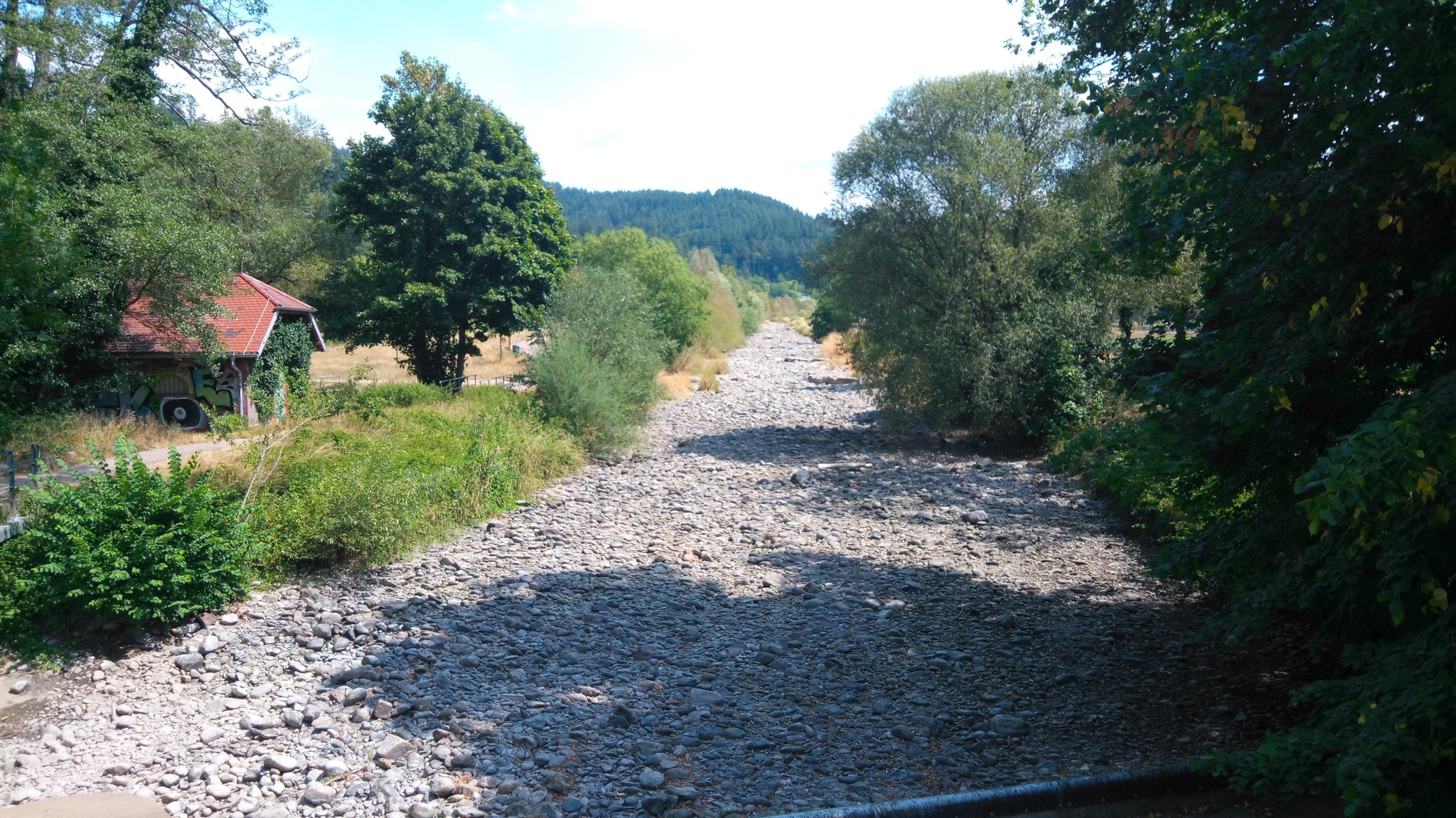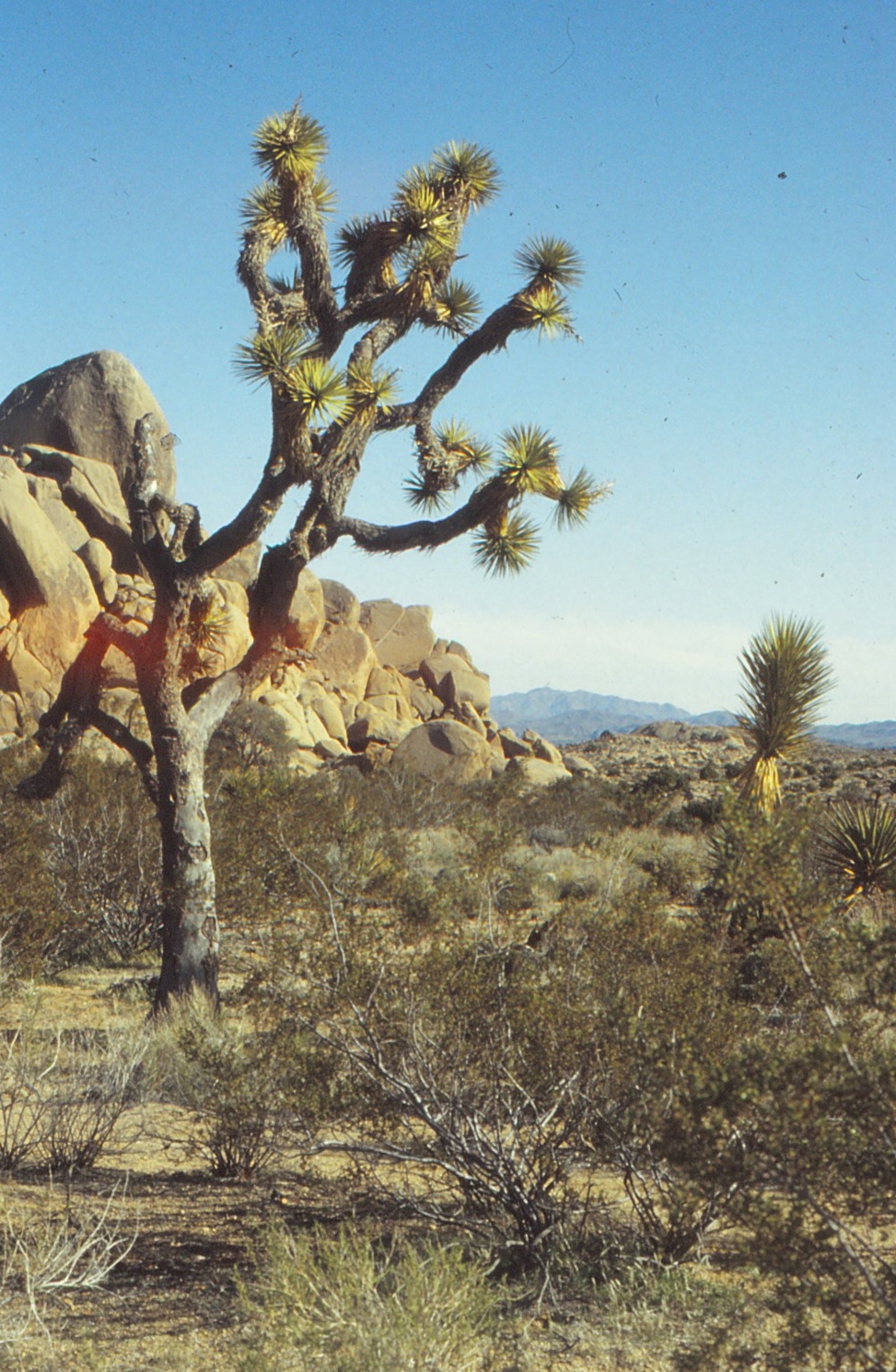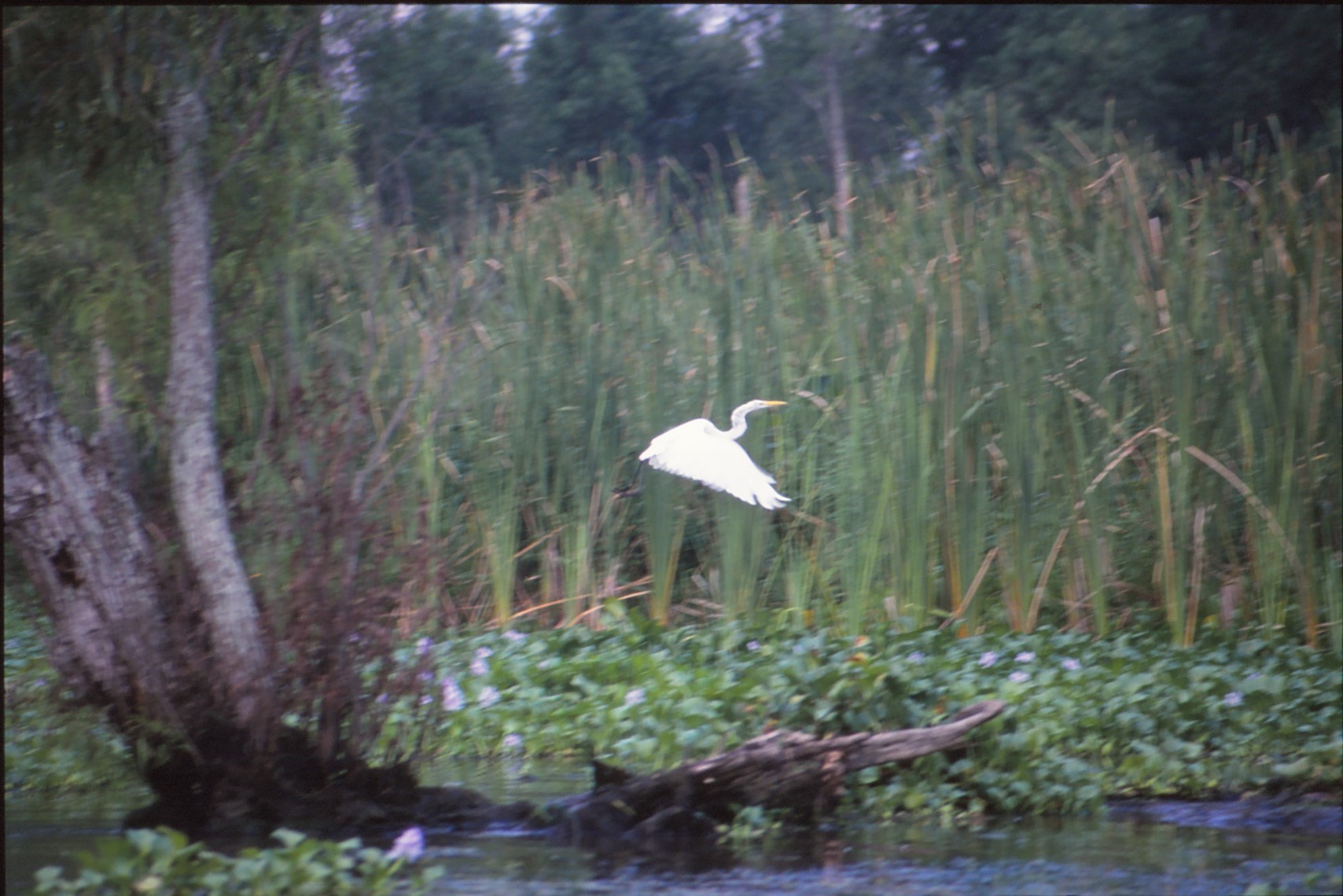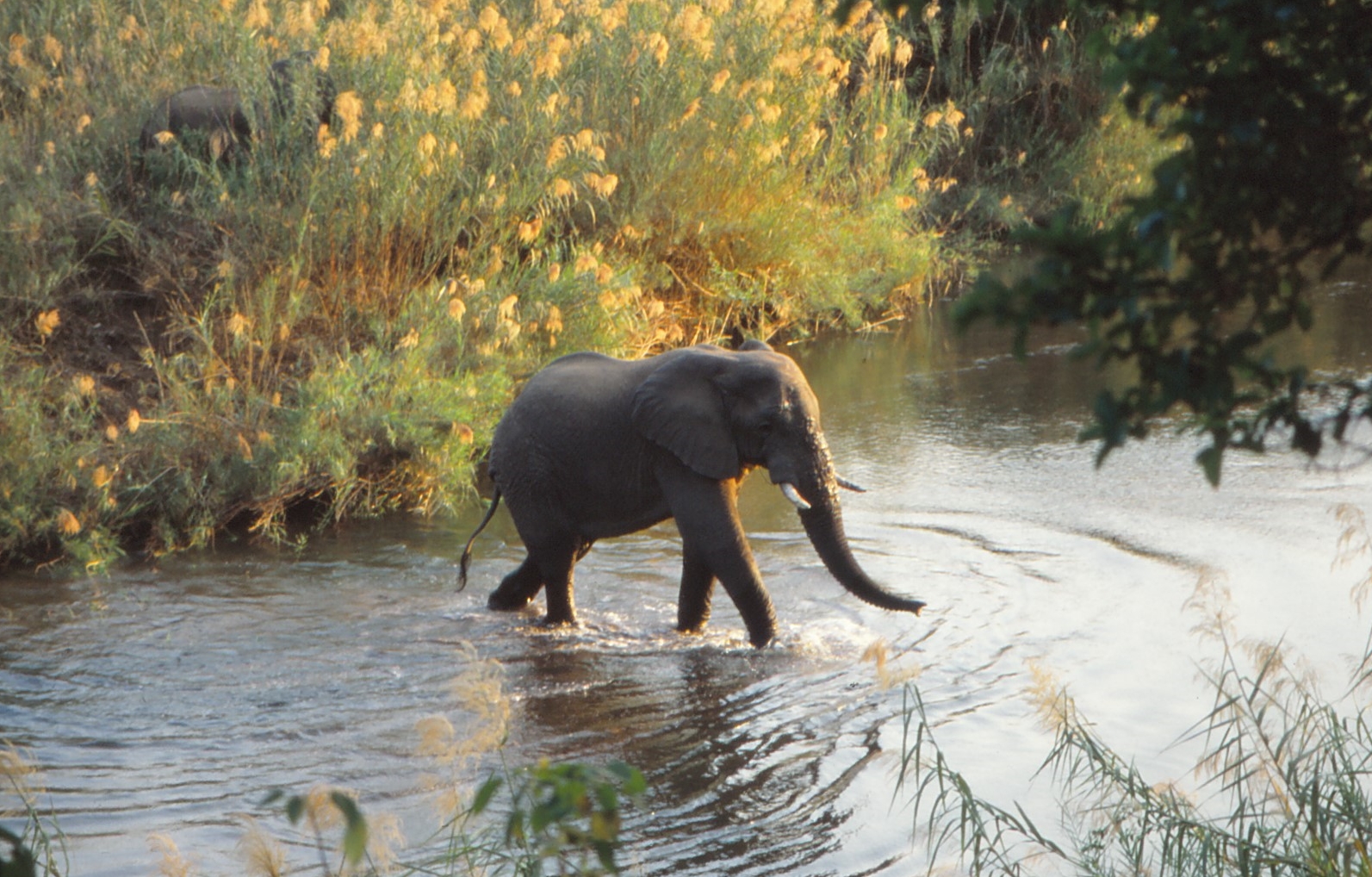Interaction between land use, climate change and the occurrence of pandemicsSunnuntai 20.11.2022 klo 14.18 - Mikko Nikinmaa It is now almost universally accepted that the SARS-CoV-2 virus (virus that has caused the Covid-19 pandemic) is originally a bat virus that has spilled over to humans. In a Nature article (https://doi.org/10.1038/s41586-022-05506-2) Eby et al. have followed for 25 years, which environmental drivers are associated with the spill over of another bat virus to mammals. The study is most important, as it directly associates two big areas of environmental concern and the likelihood of bat viruses and probably also other zoonoses spilling over to humans, namely land use and climate change. The problem with increasing land area being used by humans in increasing the likelihood of humans getting zoonoses has been suggested many times earlier. Whenever the probability of human-animal interaction increases, also the possibility of viruses spilling over to man increases. Today areas free of human influence are getting smaller and smaller because of increasing human population. The effect of increased land use is worsened by climate change. Whenever there is drought or any other reason for food shortage, shedding of viruses to nearby organisms increases. As climate change increases drought periods, the probability of virus spill over increases. Consequently, pandemics and climate change occur together, by combatting climate change we can also prevent pandemics. |
|
Kommentoi kirjoitusta. Avainsanat: zoonoses, drought, population growth |
World Scientists' Warning 2022Torstai 3.11.2022 klo 13.43 - Mikko Nikinmaa The alliance of world scientists, with the lead of William Ripple in Oregon, have again done a report of what has been happening during the recent past. The report is published in BioScience and can be accessed freely at https://doi.org/10.1093/biosci/biac083. The year 2022 has been characterized by a multitude of climate-related disasters, which the report tabulates. I have taken the information from the table and give it below. In addition, the film “The Scientist’s Warning” has now been released and is free to view online at https://scientistswarningfilm. Further, different climate-related resources can be accessed in the Alliance of World Scientists website https://scientistswarning.forestry.oregonstate.edu/ Climate disasters in 2022. January–September Many rivers in Europe have run low or dried up partly because of the worst drought in 500 years and intense heat waves. Climate change has likely played a significant role in this crisis by increasing the frequency and intensity of droughts and heat waves. February La Niña and climate change contributed to record-breaking rainfall on the east coast of Australia. This led to flooding that damaged thousands of properties and killed eight people. February–March Record-breaking flooding occurred along the northeastern coast of Australia, leading to standing water, which, in turn, promoted the spread of mosquitoes that carry the Japanese encephalitis virus. Such flooding is likely becoming more common because of climate change. February–July The number of people affected by drought in Kenya, Somalia, and Ethiopia who have limited access to safe water increased from 9.5 million to 16.2 million. This increasing drought severity may be at least partly due to climate change (Ghebrezgabher et al. 2016). March A severe drought in the Southern Plains of the United States put the winter wheat crop at risk. Although droughts are complex phenomena with many possible causes, increasing drought intensity has been linked to climate change (Mukherjee et al. 2018). March–April A deadly heat wave occurred in India and Pakistan, killing at least 90 people and contributing to widespread crop losses and wildfires. It was estimated that climate change made this event 30 times more likely to occur. April Climate change likely contributed to extreme rainfall in Eastern South Africa, which triggered flooding and landslides that killed at least 435 people and affected more than 40,000 people. April–June Widespread dust storms in the Middle East led to thousands of people being hospitalized; such dust storms may be increasing in frequency because of climate change. May Extremely heavy rainfall in northeastern Brazil resulted in landslides and flooding that killed at least 100 people. Climate change may be responsible for the increasing frequency of extreme rainfall. June A severe storm in Yellowstone (United States) caused the Gardner River and Lamar River to overflow, destroying parts of various roads in Yellowstone National Park. Such extreme flooding could be increasing in frequency because of climate change. June Several countries in Western Europe experienced a record-breaking heat wave. This heat wave contributed to major wildfires in Spain and Germany. Many other parts of the Northern Hemisphere also experienced extreme heat; for example, temperatures reached 104.4 degrees Fahrenheit in Isesaki, Japan—an all-time record for the country. Similarly, a heat dome in the United States contributed to record-breaking temperatures. Other affected countries include Finland, Iran, Norway, and Italy. In general, extreme heat is becoming more common because of climate change (Luber and McGeehin 2008). June Following extreme heat, China experienced record-breaking rainfall, which may be linked to climate change. June Bangladesh experienced the worst monsoon flooding in 100 years, killing at least 26 people. This flooding is likely at least partly due to climate change causing monsoons to become more variable. June–July Extreme rainfall led to flooding in some parts of New South Wales, Australia. Sydney is currently on track to experience the wettest year on record. It is likely that climate change contributed at least partly to this rainfall and flooding. June–August Deadly floods in Pakistan have killed more than 1,000 people and affected roughly 33 million people, including 16 million children, since mid-June. Impacts include surging rates of dengue fever, gastric infections, and malaria. These floods may be at least partly related to climate change causing monsoon rainfall to become more intense. June–August China experienced an extraordinary heat wave, which may be the most severe that has ever been recorded globally. Such events are likely becoming more common because of climate change. The extreme heat contributed to large-scale crop failures and wildfires, in addition to exacerbating a major drought that caused 66 rivers to dry up and led to a significant decline in hydroelectricity generation. August–September California and other parts of the Western United States faced extremely hot temperatures because of a heat dome, which caused seven firefighters to be hospitalized with heat-related injuries. The effects of the heat dome may have been worsened by climate change. September–October In the United States, Hurricane Ian caused damage across many parts of Florida and the Carolinas, killing more than 100 people and leaving at least 2.5 million without electrical power. Ian is one of the costliest and strongest hurricanes to ever hit the United States. Climate change is likely causing strong and rapidly intensifying storms such as Ian to become more common. |
|
Kommentoi kirjoitusta. Avainsanat: climate change, floods, wildfires, drought, heat waves |
Why do some people still say that there is no climate change?Tiistai 16.8.2022 klo 11.58 - Mikko Nikinmaa I just add a picture of Central European river (The river is supposed to run, where you only see stones). After seeing photos like that, it is very difficult to understand why the same people who worry so much about leaving debt to future generations, are climate change deniers. (photo by Tobi Kellner) |
|
Kommentoi kirjoitusta. Avainsanat: temperature, drought |
Climate Change is the Reason for Texan FrostTiistai 14.9.2021 klo 16.11 - Mikko Nikinmaa When it snows in Texas or Spain, the climate denialists rejoice saying that clearly climate change is only scare tactics of the climate believers. Hitherto it has been difficult to give explanations as to why climate change causes the cold spells in the south, heavy rains in Central Europe and extreme heat spells in the Arctic. However, two recent articles clarify the situation significantly, the ones by Osman et al in PNAS (PNAS September 21, 2021 118 (38) e2104105118; https://doi.org/10.1073/pnas.2104105118) and Cohen et al in Science (Science 3 Sep 2021, Vol 373, Issue 6559, pp. 1116-1121; DOI: 10.1126/science.abi9167). Below I try to summarize my understanding of the findings presented. Much of the weather in North America and Europe is affected by North Atlantic Jetstream. The rains and heat spells depend on its position. With increasing mean temperature of the arctic it appears that North Atlantic Jetstream undulates more and its position shifts northwards as Arctic temperature increases. Southward undulations mean that cold air from the Arctic reaches more southern latitudes than earlier and northward undulations that southern hot air reaches north. Presently, changes in the general position of the North Atlantic Jetstream and its undulations are so variable that consistent weather changes do not occur – cold summer can follow a hot one and dry autumn a wet one. However, it can be predicted that by 2060 the jetstream has moved generally so much north that Southern Europe becomes consistently drier and Central Europe and Scandinavia wetter than currently. The Arctic temperature increases more rapidly than temperatures elsewhere. This is called Arctic Amplification (AA). As a result of this general AA, it appears that mid-latitudes experience cooling of winters, as the still cold arctic air is able to stream to southern latitudes. This is the result of Stratospheric Polar Vortex stretching southwards, which may, in my opinion, coincide with the southward undulations of the North Atlantic Jetstream (where NAJ occurs). However, these are clearly independent in continental North America and Asia (where there is no NAJ). So, cold weather in southern areas can be a consequence of climate change. In any case the predictability of weather patterns decreases markedly with climate change. As a consequence, agricultural production all over the world may be reduced, leading to increased problems for the mankind. |
|
Kommentoi kirjoitusta. Avainsanat: temperature, winter, heat spells, drought |
Cotton - always in the middle of social and environmental problems: could it be replaced for the benefit of mankindKeskiviikko 10.7.2019 klo 12.17 - Mikko Nikinmaa Cotton clothes, all of us wear them. However, do we realize all the social and environmental problems associated and the fact that we could presently achieve a cotton-free society which would be a contribution towards combatting climate change, social inequality and environmental destruction? Initially, the cotton production was a strong component for American slavery. Cotton fields in southern USA needed workers, and they were brought in The problem with genetically modified organisms really boils down to cotton. Out of the approximately 32 million hectares, where cotton is grown, approximately 25 million hectares is genetically modified (GM). Consequently, it is my bet that people against the use of GMOs (genetically modified organisms) daily wear clothing that has genetically modified cotton. GM cotton was marketed to farmers saying that the need for pesticides would be reduced. However, that has not turned out to be the case. While the insecticide use in USA and Australia has markedly decreased after the introduction of bt-cotton (a genetically modified plant, which produces its own toxin against several insect pests), the herbicide use has not decreased. In most other cotton-producing countries pesticide use has not decreased, partly because secondary harmful insects require heavy insecticide use to ensure high production. Further, it appears that the difference between pesticide use in large industrial cotton cultivation (decrease in insecticide use) and small cotton farmers (no change or increase in insecticide use) has increased. The heavy pesticide use in cotton production is an important component in causing the deaths of non-target organisms. Insecticides kill non-selectively all insects, be they beneficial or harmful. Research on waterways has indicated that agricultural pesticides kill aquatic invertebrates and fish. Often the insecticides are more toxic to aquatic creatures than to their target organisms. Further, it was recently estimated that close to 70 000 000 birds per year die directly because of pesticide use. Although cotton cultivation does not require very much water (10000 l/kg cotton produced worldwide), the fact that it is grown in dry areas largely for e Production of cotton clothing has also another social problem. In many countries producing cotton clothing cheaply, child labour is used. To best combat this, e.g. European collaboration would be helpful. As the final question one must ask if cotton is necessary as primary cloth material any more. Earlier it was, as all the other fibres that could be used for producing fabrics yielded much harder and therefore less comfortable cloth than cotton. However, recently the situation has changed, and currently wood fibres can yield as soft and comfortable cloth as cotton. Since the need for paper production has markedly decreased, wood could be used for cloth-making. Replacing cotton with wood fibre would thus be a highly beneficial both socially and environmentally. First, the land and water used now for growing cotton for export with most profits not coming to local people could come completely to help the food and water needs of local communities. This would decrease the refugee pressure to North. Because the pesticide use would be reduced, all the negative issues associated with them would also be reduced. Growing trees for fibre production would not have a negative effect on carbon footprint globally, most likely the opposite, as the life length of clothing is longer than that of paper products. Thus, one would be combatting climate change, whereby the number of climate refugees in the future would decrease. Finally, as the right-wing populists always say that isolationist policies are needed for the success of “our” industry, producing cloth would be a significant new direction to pulp industry. All in all, replacing cotton could be a good example of how thinking globally has positive influence on social and environmental problems in the world. |
|
Kommentoi kirjoitusta. Avainsanat: climate change, drought, refugees, pulp industry, pesticide use |
American Politics and Climate ActionsLauantai 4.5.2019 klo 18.03 Oh, California - the beautiful landscapes of Yosemite, the redwood forests etc. But it is getting dry; because of overuse of water the groundwater level has decreased alarmingly in recent years. The climate change has aggravated droughts, and every year more and more serious wildfires are news all over the world. Last time the fires reache Lucki The reason why I, living in the other side of the world, am taking a strong position in American politics, is that all of us are inhabiting a small, overused planet, and whatever the actions in one side are, we on the other side will be affected. We cannot isolate ourselves any more, that priviledge has been lost a long time ago with increasing population and resource use. Unfortunately, many people have not accepted this. But the truth is that in next American presidential election one is pretty much deciding, if one chooses the unsustainable past or future, which may be sustainable. |
|
Kommentoi kirjoitusta. Avainsanat: climate change, fossil fuels, droughts, forest fires |
The Earth DaySunnuntai 22.4.2018 klo 20.04 - Mikko Nikinmaa It is the Earth Day today. The day for global environmental questions has been around since 1970. During that time a couple of environmental problems have been more or less solved in Western Europe, but many global questions have emerged. Acid rain is not a problem any more in Europe - smoke cleaning standards have abolished it. The ozone hole has started to shrink, because the most harmful chemicals have been banned. The levels of persistent organic pollutants in the Baltic Sea have d |
|
Kommentoi kirjoitusta. Avainsanat: environment, conservation, climate change, drought |


 as slaves from Africa. Although also other forms of cultivation such as growing of tobacco and sugar cane needed workers, cotton cultivation was the most important one, generating rich plantation owners and poor slaves, and later the racial problems in America, which are still a big problem.
as slaves from Africa. Although also other forms of cultivation such as growing of tobacco and sugar cane needed workers, cotton cultivation was the most important one, generating rich plantation owners and poor slaves, and later the racial problems in America, which are still a big problem. xport with the profits going not to local farmers but to big agricultural companies often from foreign countries means that the water use does not support the local people’s food production or water needs. Consequently, the poor people in the dry areas continue to suffer from food and water shortage in India and Africa. Partly the recent trend that food shortage is again in the increase in Eastern Africa could be alleviated by stopping cotton cultivation and using the water for cultivating edible crops.
xport with the profits going not to local farmers but to big agricultural companies often from foreign countries means that the water use does not support the local people’s food production or water needs. Consequently, the poor people in the dry areas continue to suffer from food and water shortage in India and Africa. Partly the recent trend that food shortage is again in the increase in Eastern Africa could be alleviated by stopping cotton cultivation and using the water for cultivating edible crops.  d Yosemite. The fires in California are one indication of the effects of climate change. However, that is not the only one. The storms in the coasts of the Gulf of Mexico and the Atlantic and even the extreme cold spells in recent American winters are all indications of climate change. Yet, despite of all evidence about human influence on climate, the present Trump/Republican government denies that any change is happening. They have even tried to remove any wording suggesting that climate change may be affectng Arctic environments and should be combatted from the final communication of the Arctic nations during Finland's presidentship. The funny thing is that even if climate change were not caused by human influence, the overuse of Earth's resources cannot be denied. One questions, what the reasons behind denying facts can be. The sorry fact is that the present government, as the populists (including Putin's Russia) all over the world, is living in the past, when there were only two billion people in the world, one had enough resources to waste and the carbon dioxide production from fossil fuels was no problem. The posiion of Americam government is like that of car passsengers, who are driving full speed towards a brick wall and quarreling about their sitting positions.
d Yosemite. The fires in California are one indication of the effects of climate change. However, that is not the only one. The storms in the coasts of the Gulf of Mexico and the Atlantic and even the extreme cold spells in recent American winters are all indications of climate change. Yet, despite of all evidence about human influence on climate, the present Trump/Republican government denies that any change is happening. They have even tried to remove any wording suggesting that climate change may be affectng Arctic environments and should be combatted from the final communication of the Arctic nations during Finland's presidentship. The funny thing is that even if climate change were not caused by human influence, the overuse of Earth's resources cannot be denied. One questions, what the reasons behind denying facts can be. The sorry fact is that the present government, as the populists (including Putin's Russia) all over the world, is living in the past, when there were only two billion people in the world, one had enough resources to waste and the carbon dioxide production from fossil fuels was no problem. The posiion of Americam government is like that of car passsengers, who are driving full speed towards a brick wall and quarreling about their sitting positions.  ly, it appears that the majority of Americans see climate change as a fundamental problem, which needs to be tackled. Since the president of the USA is very powerful, the choice of POTUS in 2020 is very decisive for the wellbeing of the world. As a latest democraic presidential candidate, Beto O'Rourke said that America need to spend up to ten trillion dollars in combatting climate change within the next ten years. This would indicate a drastic change to the actions of the present government, and would give hope to the world.
ly, it appears that the majority of Americans see climate change as a fundamental problem, which needs to be tackled. Since the president of the USA is very powerful, the choice of POTUS in 2020 is very decisive for the wellbeing of the world. As a latest democraic presidential candidate, Beto O'Rourke said that America need to spend up to ten trillion dollars in combatting climate change within the next ten years. This would indicate a drastic change to the actions of the present government, and would give hope to the world. ecreased markedly as water treatment has become strictly required. These examples show that environmental problems can be solved if it is deemed necessary. Today's urgent environmental problems are climate change, and associated with it the availability of water. Solving the climate problem requires many different actions, but two are clear, changing our energy use habits, and increasing carbon dioxide fixation by plants. The most effective solution to the plastic waste problem would be to make waste collection effective everywhere and influence the attitudes of people. In the present situation, if it weren't for plastics, other types of waste would be filling our beaches and seas. Finally, the Earth is facing mass extinctions. For big mammals a solution is to stop trophy hunting completely, but in addition to the mammals, also other species are suffering from the decreased availability of suitable habitats and deaths caused by pesticides and other environmental toxicants.
ecreased markedly as water treatment has become strictly required. These examples show that environmental problems can be solved if it is deemed necessary. Today's urgent environmental problems are climate change, and associated with it the availability of water. Solving the climate problem requires many different actions, but two are clear, changing our energy use habits, and increasing carbon dioxide fixation by plants. The most effective solution to the plastic waste problem would be to make waste collection effective everywhere and influence the attitudes of people. In the present situation, if it weren't for plastics, other types of waste would be filling our beaches and seas. Finally, the Earth is facing mass extinctions. For big mammals a solution is to stop trophy hunting completely, but in addition to the mammals, also other species are suffering from the decreased availability of suitable habitats and deaths caused by pesticides and other environmental toxicants.